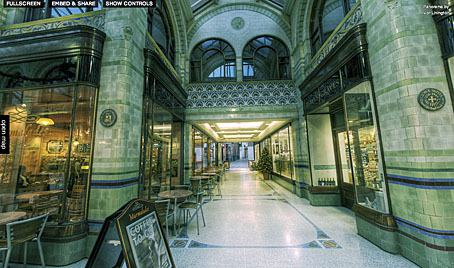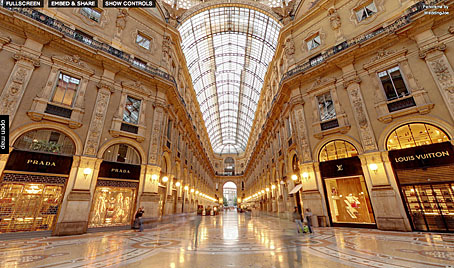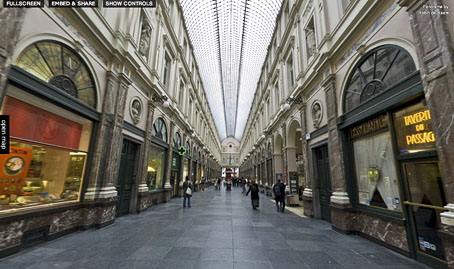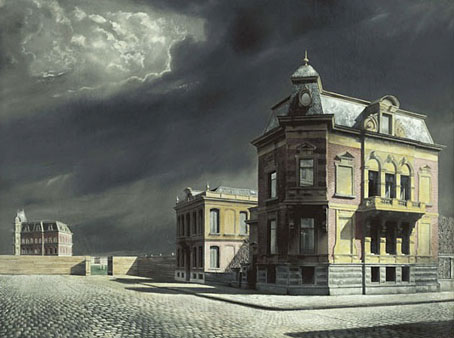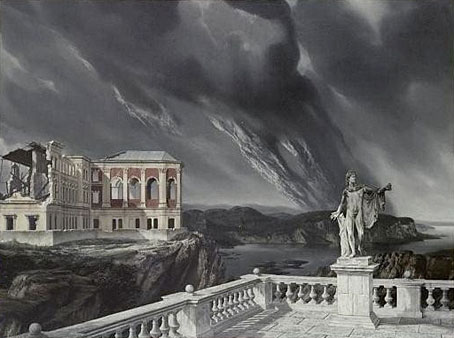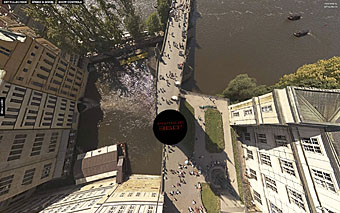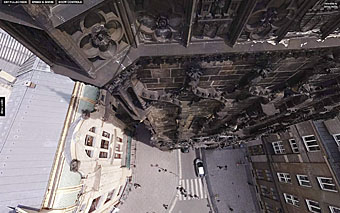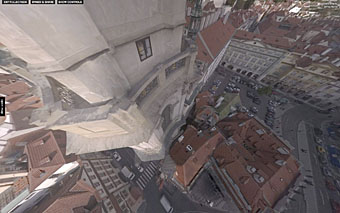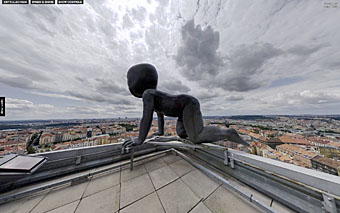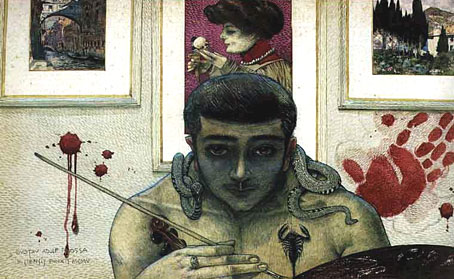
Self-portrait.
A French artist and another late Symbolist painter whose idiosyncracies point to Surrealism but whose obsession with femmes fatales looks back to the preoccupations of the fin de siècle. If you don’t mind the implicit misogyny there’s a lot more to be seen here and here.
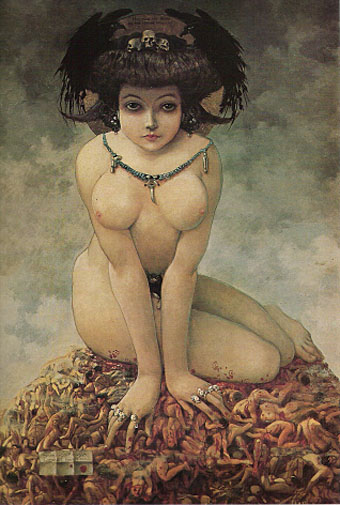
Elle (1906).
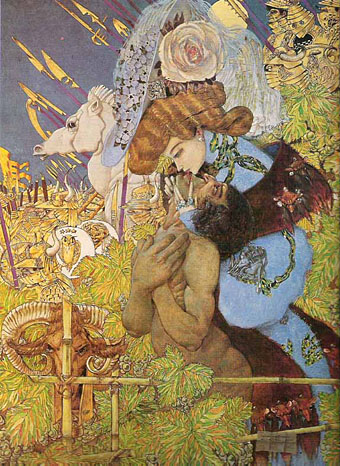
Le baiser d’Hélène (1905).
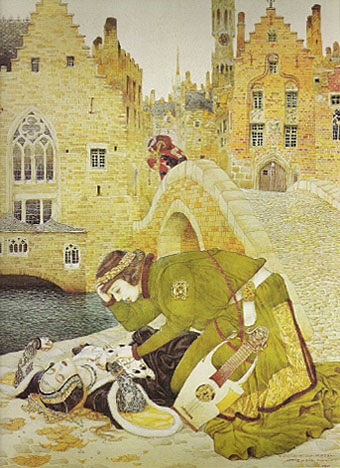
Bruges-la-morte (1911).
Previously on { feuilleton }
• Le Sphinx Mystérieux
• La belle sans nom
• The Feminine Sphinx
• Le Monstre
• Carlos Schwabe’s Fleurs du Mal
• Empusa
• Bruges-la-Morte

